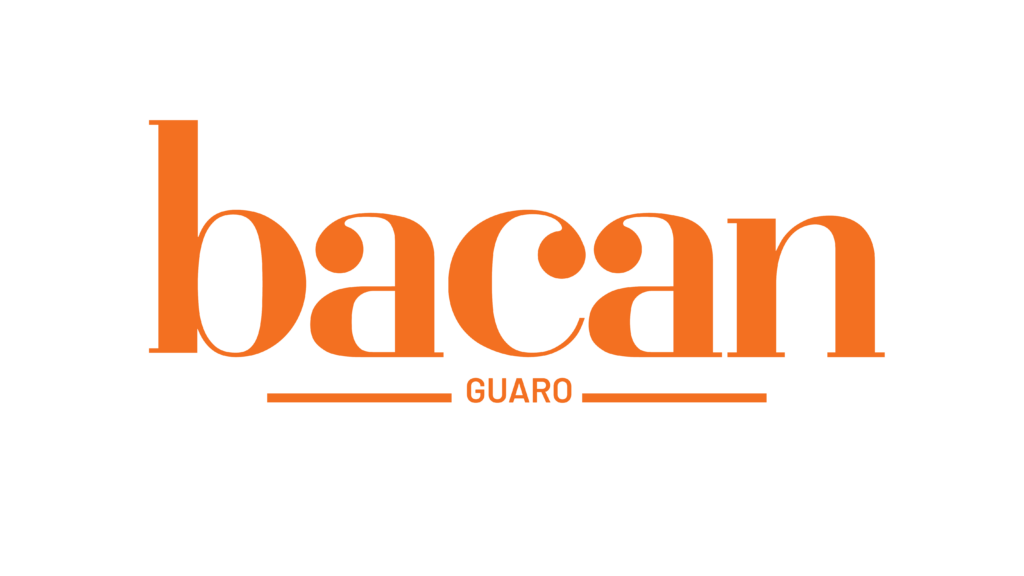Colombia’s National Spirit Splashes Into US Market How Bacan Guaro Aims to Popularize Rum’s Boundary-Pushing Cousin.
Colombia’s national spirit has found a new proponent in the American market by way of Bacan Guaro. Introduced by husband and wife team Ricardo and Diana Espinosa March at the end of July, the up-and-coming brand promises to find a new home for a fiery liquor loaded with herbaceous bite and regional lore.
FIRST PUBLISHED BY: Bottle Raiders | Pedro Wolfe | August, 9, 2024.
Guaro — also known generically as “aguardiente” — is a type of anise-flavored spirit derived from sugarcane. Imagine it as a synthesis of rum’s sweetened base and licorice’s salty mouthfeel. In other words, an acquired taste.

Read the full story here.



